Grazing for National Security
At a California training base, a bold experiment shows how cattle can make military lands healthier, safer and more resilient.
When Army Maj. Eric Czaja thinks about America’s military readiness, he doesn’t just think about soldiers, weapons or strategy. He thinks about soil.
“We are grazing for national security,” Czaja says. “We are creating installations that can withstand the punishment we dish out in our training. We can do that with livestock as a tool.”
Czaja leads the Regenerative Grazing Open Air Lab (R-GOAL) at the Naval Postgraduate School, a proof-of-concept initiative launched in September 2024 on 2,500 acres at Camp San Luis Obispo, California. His mission? To prove that adaptive multi-paddock grazing doesn’t just build healthier ecosystems in nature, it also enhances military effectiveness among the troops.
It’s a bold idea: Use livestock to improve soil health, reduce wildfire risk and increase operational utility on Department of Defense (DOD) land. With more than 26 million acres under DOD management, Czaja sees an untapped opportunity to align regenerative ranching with national defense.
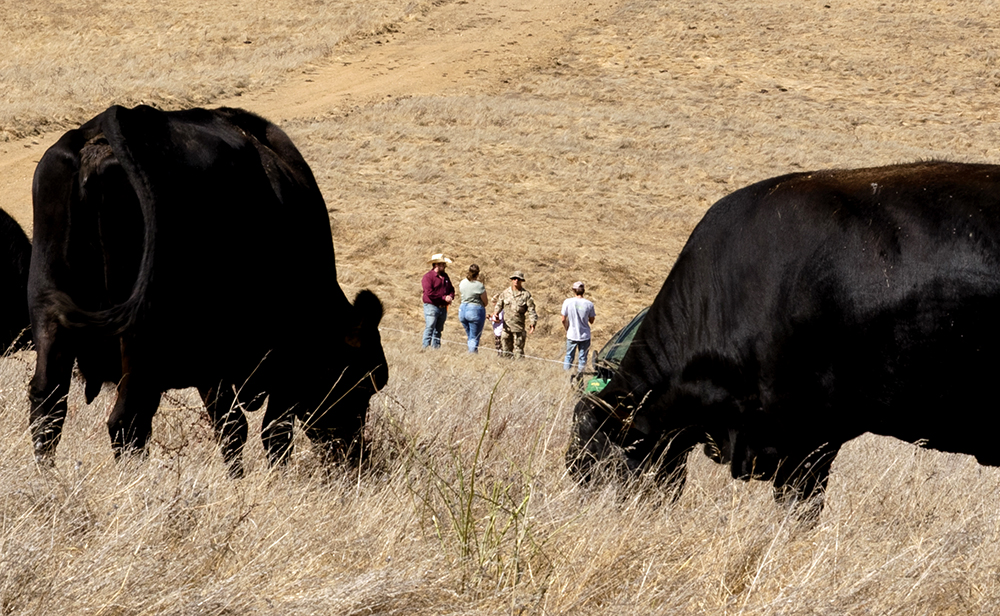
From special forces to soil stewardship
Czaja didn’t grow up ranching. He spent his summers on Wisconsin dairies baling hay and cleaning stalls, but agriculture didn’t call to him as a career. What did call to him was service. He joined the Army through ROTC in college, was commissioned as an infantryman and later earned a coveted spot in the Green Berets, deploying throughout Africa and Afghanistan.
“I wanted to see the world,” he says. “The military seemed like the best way to do that.”
It was during his overseas deployments that Czaja began noticing patterns. In parts of Africa, he witnessed how land degradation, drought and food scarcity directly affected local security forces’ ability to operate.
“They didn’t have resources like we do,” he explains. “If there was a drought, they couldn’t train. They couldn’t eat. They relied entirely on local farmers.”
One day, while training on a machine-gun range in Africa, Czaja noticed grass towering over their heads.
“We needed a clear line of sight,” he recalls, “and they told us they’d clear it in a few days. But there were no tractors, no bush hogs, just kids with sticks and cows. A few days later, the grass was mowed down by local cattle. That’s when I started thinking, ‘Why aren’t we doing this on our own training lands?’”
That question followed him back to North Carolina, where he and his family began homesteading. Czaja dove into regenerative agriculture. Cows, pigs, chickens, turkeys — all moving together across pastures, mimicking nature. He became obsessed with soil health.
“This is how we should be managing the huge landscapes we have access to [in the military],” he says.
Czaja saw regenerative grazing as more than an environmental tool. It was a strategic one. In Afghanistan, he saw the opposite of what he had witnessed in Africa: heavy dependence on fertilizer, pesticide and centralized food distribution. When the rains came, degraded land turned to mud. Roads washed out. Operations halted.
“We had to reroute missions because roads were gone,” Czaja says. “That’s when I realized that how we manage land actually matters from a national security standpoint.”
That conviction led to his thesis at the Naval Postgraduate School. His paper, “Send in the Cows: Regenerative Grazing Creating Resilient Installations,” posed the question: Could the Army use livestock to manage its land more effectively?
“I reached out to Army Environmental Command and said, ‘I’m thinking about writing a thesis on this. Do you have anyone I can talk to about grazing?’ They sent me to Matt Mattox, a former Noble Ag consultant, who introduced me to Hugh Aljoe at Noble Research Institute. Hugh told me, ‘Yes, there is a lot of potential. Keep pushing.’”
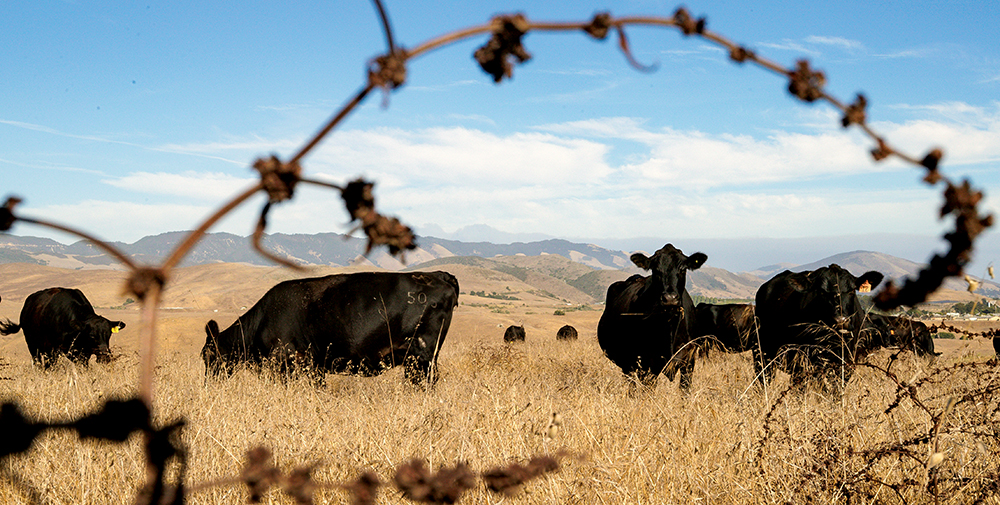
Grazing as a strategic and economic solution
At Camp San Luis Obispo, Czaja is building the model for what regenerative land management could look like across military bases. With 140 cow-calf pairs rotating daily across small paddocks, the focus is targeted grazing. It’s part soil health, part fire prevention.
“At CSLO, the No. 1 concern is fuel load mitigation,” he explains. “In order to keep soldiers training, we’re using grazing to reduce wildfire risk in high-burn areas like grenade ranges, impact zones and training areas.”
The system is working.
“We haven’t had any fires since we started,” Czaja says. “The plan is to avoid prescribed burns altogether or at least reduce how often we need them.”
The cows graze down tall, oxidized grasses that would otherwise ignite easily. And because the herd is so well managed, the cattle can graze during training without disrupting base activities.
“You can walk through the herd of cattle,” Czaja laughs. “They’ll just look up and go back to grazing.”
He emphasizes the flexibility of grazing over other land management tools.
“You can’t mow and train at the same time. You can’t burn and train at the same time. But you can graze and train simultaneously.”
Beyond ecological and tactical benefits, regenerative grazing has economic appeal.
“Every time you turn a tractor on, it loses value,” Czaja explains. “But every bite a cow takes, it gains value. We’re reducing equipment wear and fuel costs. And instead of paying contractors for mowing or herbicide, we partner with producers who know how to manage livestock regeneratively.”
He calls it cost avoidance.
“Grazing isn’t going to be a huge moneymaker for the Army, and that’s okay. But it’s going to save us a lot of money while increasing warfighter readiness. That’s the win.”
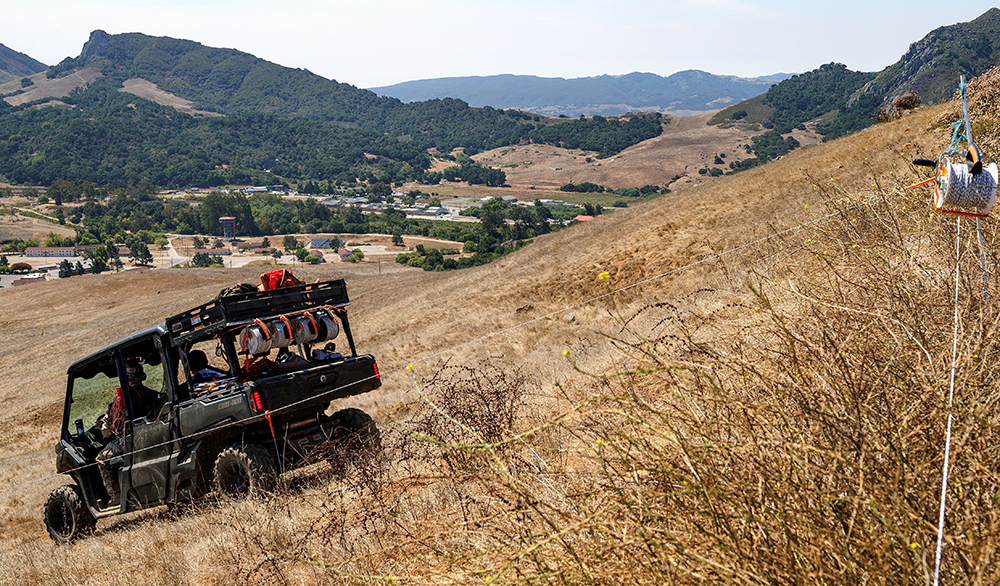
Building the workforce behind the movement
Czaja isn’t doing this alone. He’s partnered with industry to develop a training program for veterans interested in regenerative agriculture. The model allows transitioning service members to spend their final three to six months of active duty receiving vocational training in regenerative grazing.
“They’re still getting paid by the military. Their healthcare is covered. And they get hands-on, immersive experience that prepares them for careers in land management,” Czaja says. “We’re creating a cadre of veterans who go from active duty to healing the land through regenerative agriculture, continuing their service by restoring ecosystems and purpose.”
Czaja believes veterans are uniquely suited for this work.
“The first principle of soil health is context. Veterans understand the unique context that is military training land. This work is not easy. It requires adaptability, discipline and mission focus. Veterans bring all that.”
The biggest barrier to expansion? People.
“The limiting factor isn’t land. It’s humans. We need more well-trained people who understand both grazing and military culture,” he says. “That’s why partnerships with groups like Noble are so important. They teach more than just grazing — they teach how to make this economically viable.”
Not everyone gets it right away. Czaja admits that introducing cows to military training grounds hasn’t always been an easy sell.
“Some folks cross their arms and shake their heads. They’ve seen degraded training areas where cows caused problems. But grazing is not just grazing,” he says. “It all comes down to management.”
That’s why he brings base leaders out to the site.
“When they see how we move the cows, how we use polywire to control them, how wildlife is returning — that’s when the lightbulbs go off.”
Even the Pentagon has taken notice.
“We brought out a high-level official. The cows were sticking their heads in our UTV. It was wild,” Czaja laughs. “But what stuck with him was the level of control. He saw that we can manage grazing with precision.”
Czaja also sees public storytelling as essential.
“We need to educate policymakers, commanders and the public. That’s why Noble sharing this story is so important. When people hear that this is already happening, they get more comfortable trying it.”
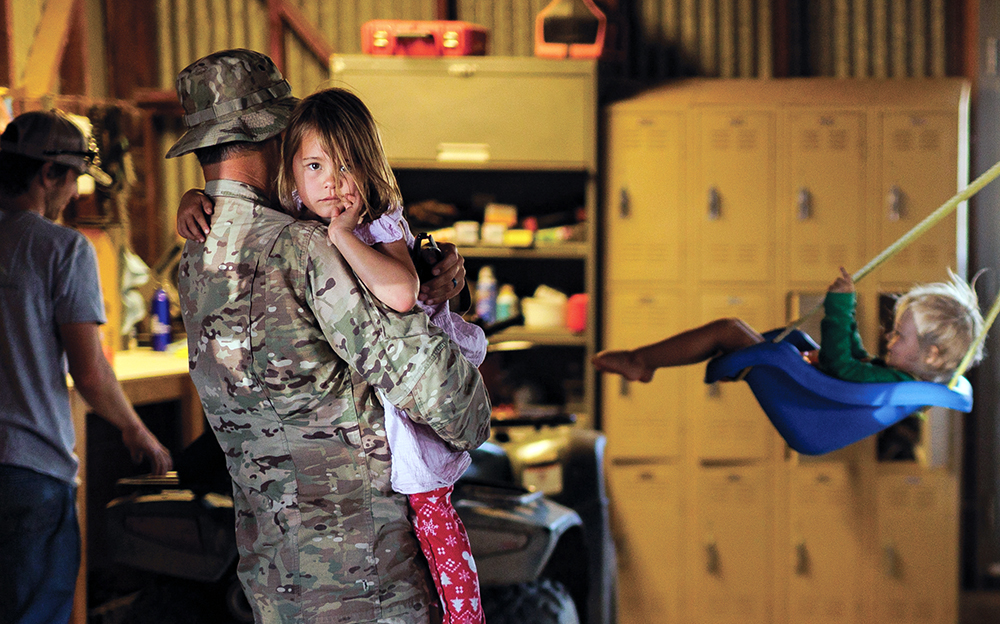
The next mission
For Czaja, R-GOAL is personal. He sees this work as a bridge from one mission to the next.
“I spent 14 years learning how to close with and destroy the enemy,” he says. “Now I want to promote life.”
“This is what I want to do when I leave the Army. This is what I want to leave for others. A way for veterans to continue serving, to involve their families and to build a livelihood that matters.”
His advice to land managers and fellow soldiers? Start small.
“You don’t have to jump in with both feet. Pick 10% of your operation. Divide it up. Try something new. Let someone show you the difference. Then you’ll start to see what’s possible.”
And what’s possible, if this works?
“If we do this right,” Czaja says, “we could be managing over a million acres regeneratively within five years. We could be building a new generation of land stewards, strengthening national security and making our lands more resilient than ever before. We’re just getting started.”


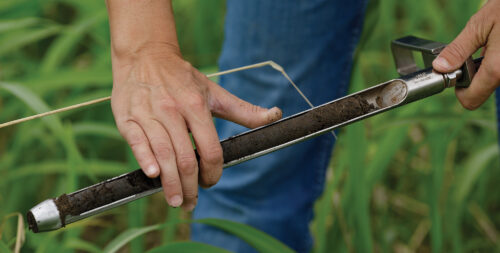
Comment